8 Common Purchases That Almost Always End Up as Clutter
Let’s stop spending money on things we never end up using Nobody sets out to buy clutter. We buy things with the best intentions—something to make life easier, add style to our wardrobe, or remind us of a special...
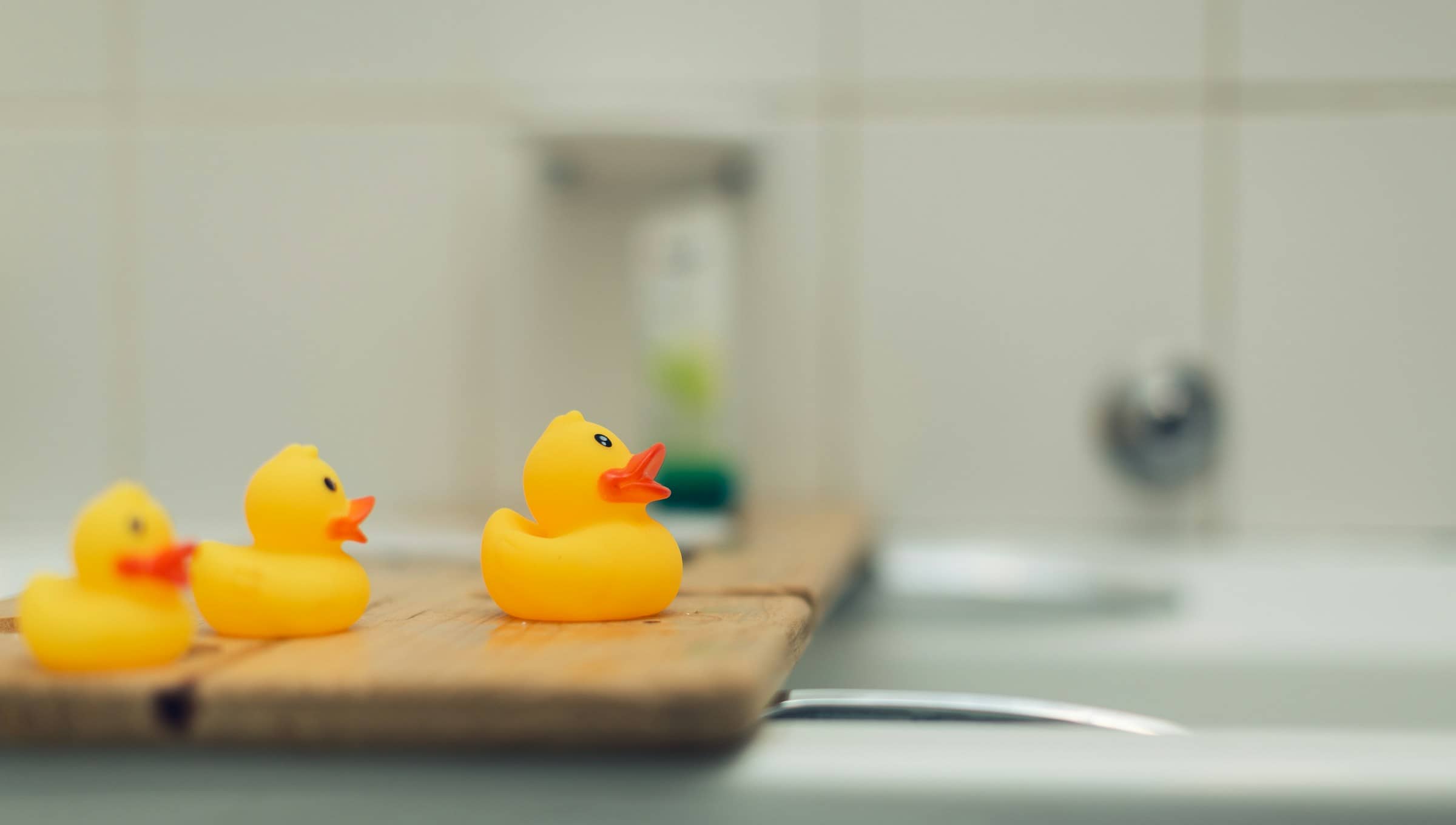
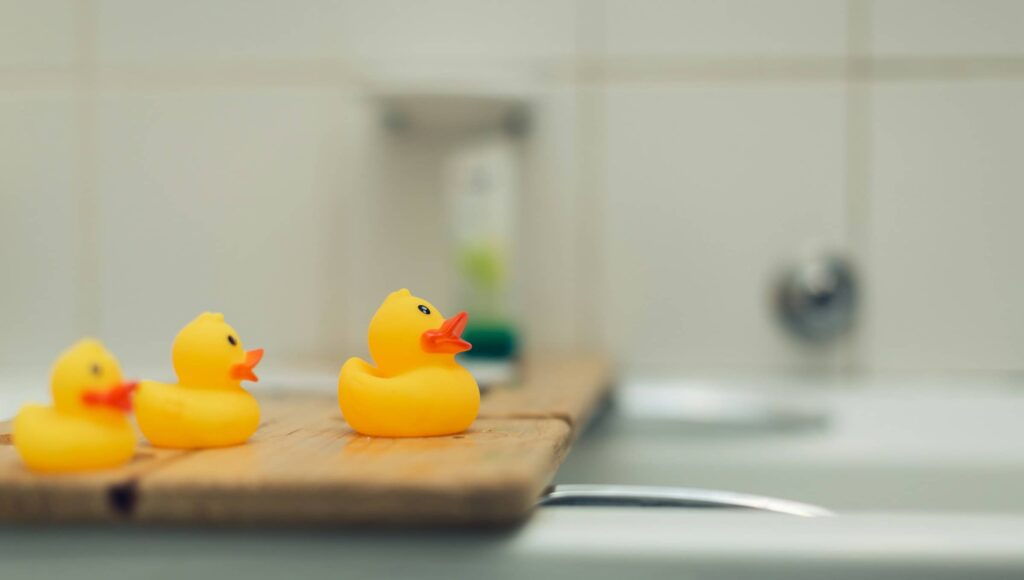
Let’s stop spending money on things we never end up using
Nobody sets out to buy clutter.
We buy things with the best intentions—something to make life easier, add style to our wardrobe, or remind us of a special moment. But over time, those same items often find their way to the back of the closet, the bottom of a drawer, or the pile in the garage labeled “to sort later.”
The truth is, most of us have bought something that ended up unused and unnecessary. We thought it would add value to our lives—but instead, it added stress, mess, and more to manage.
If we want to own less and live more, it helps to get honest about what tends to become clutter in our homes. While everyone’s life is different, some purchases are repeat offenders.
Here are eight common purchases that almost always end up as clutter:
1. Trendy Fashion
Trendy fashion pieces may look great in the moment, but they rarely stand the test of time. Fast fashion changes with the seasons—sometimes even faster than that. A shirt that felt stylish last month can feel outdated by next season. Instead of chasing the latest trends, opt for timeless, versatile pieces you truly enjoy wearing. A simplified wardrobe isn’t just easier to manage—it also helps define your personal style more than following the crowd ever could.
2. Single-Task Kitchen Tools
Some kitchen gadgets are useful. But others—like avocado slicers, banana holders, or hot dog toasters—tend to take up more space than they’re worth. These tools are designed to do one very specific job, and often a knife or spoon would do just as well. Eventually, they migrate to the back of a drawer and get forgotten altogether. Stick with tools that serve multiple functions and earn their place in your kitchen.
3. Clearance Rack Purchases
Just because something is cheap doesn’t mean it’s worth owning. In fact, clearance purchases are some of the most common sources of clutter. We buy them on impulse—telling ourselves it’s a good deal—but later realize we didn’t need or even really want the item. If it wouldn’t be worth full price, it might not be worth bringing home at all. A good deal on the wrong item is still a bad purchase.
4. Items Bought for Nostalgic Reasons
We all feel drawn to items that remind us of the past—an old movie, a childhood toy, or a shirt from a long-forgotten vacation spot. But buying something for nostalgia doesn’t always translate to long-term value. These items often sit untouched, taking up space while offering little actual joy. It’s okay to cherish memories without needing to collect physical reminders of every one.
5. Souvenirs from Trips
It’s natural to want to remember our travels. But souvenir shops thrive on the idea that buying something will help us hold onto a moment. In reality, most souvenirs go unused—dust collectors that seemed meaningful at the time but serve no purpose once we return home. The best memories from our trips don’t require a shelf full of knick-knacks. They live in our stories, our photos, and the way those experiences shaped us.
6. Decorative Throw Pillows and Blankets
Throw pillows and cozy blankets can add warmth and style to a room—but only to a point. Too many of them end up tossed on the floor or stuffed in closets. It’s easy to keep buying more, thinking we’re “refreshing” our space, when in truth we’re just adding more to manage. Choose a few pieces you love and use regularly, and resist the urge to keep collecting more.
7. Freebies and Swag
Tote bags, promotional pens, keychains, plastic cups—most of us have drawers full of these. We didn’t buy them, but we took them. And now they clutter our homes with items we don’t use or need. Just because something is free doesn’t mean it deserves a place in your life. Start saying no to the “just in case” items you’ll never actually reach for again.
8. Cheap Plastic Children’s Toys
Kids’ toys have a way of multiplying. But not all toys are created equal—especially the inexpensive, low-quality ones that break easily or lose appeal after just a few days. These toys often come from party favor bags, dollar stores, or impulse purchases at the checkout line. They clutter bedrooms, playrooms, and car floors, offering little in return. Choosing fewer, higher-quality toys leads to more imaginative play and less mess to manage later.
The worst part is that clutter isn’t just about the stuff—it’s about the distraction. Every item we own takes time, space, and attention. And too often, the things we thought would bring joy or function end up doing the opposite.
The good news is that once we begin noticing these patterns, we can start making better decisions. We can pause before we purchase. We can ask if this item is truly useful or meaningful. And we can walk away from things that are only going to take up space.
Because life is too short—and too valuable—to be buried in clutter.
And the more we choose to own less, the more freedom we find to pursue the things that matter most.

 Koichiko
Koichiko 











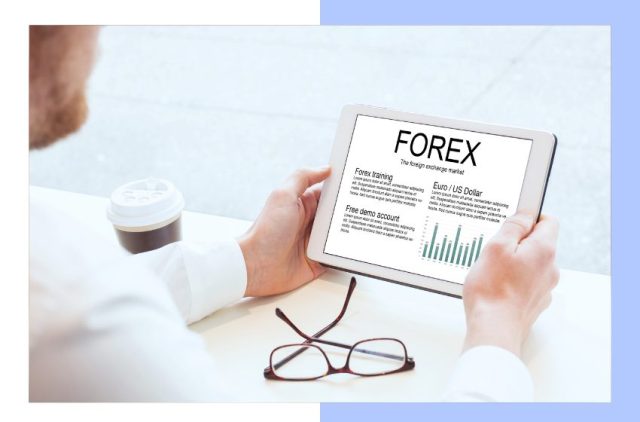
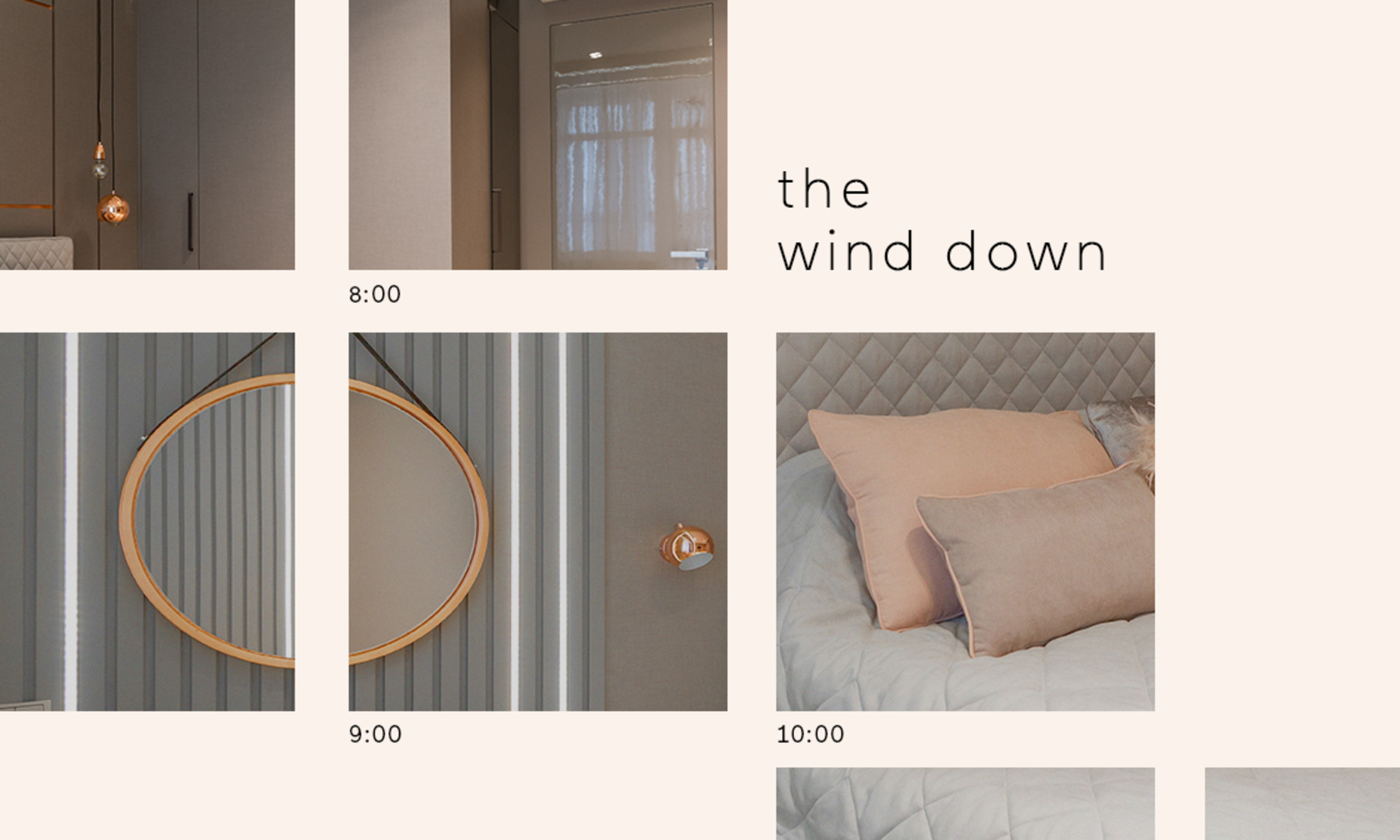






![The 2026 AI Search Benchmark Every SEO Leader Needs [Webinar] via @sejournal, @lorenbaker](https://www.searchenginejournal.com/wp-content/uploads/2025/11/1-259.png)


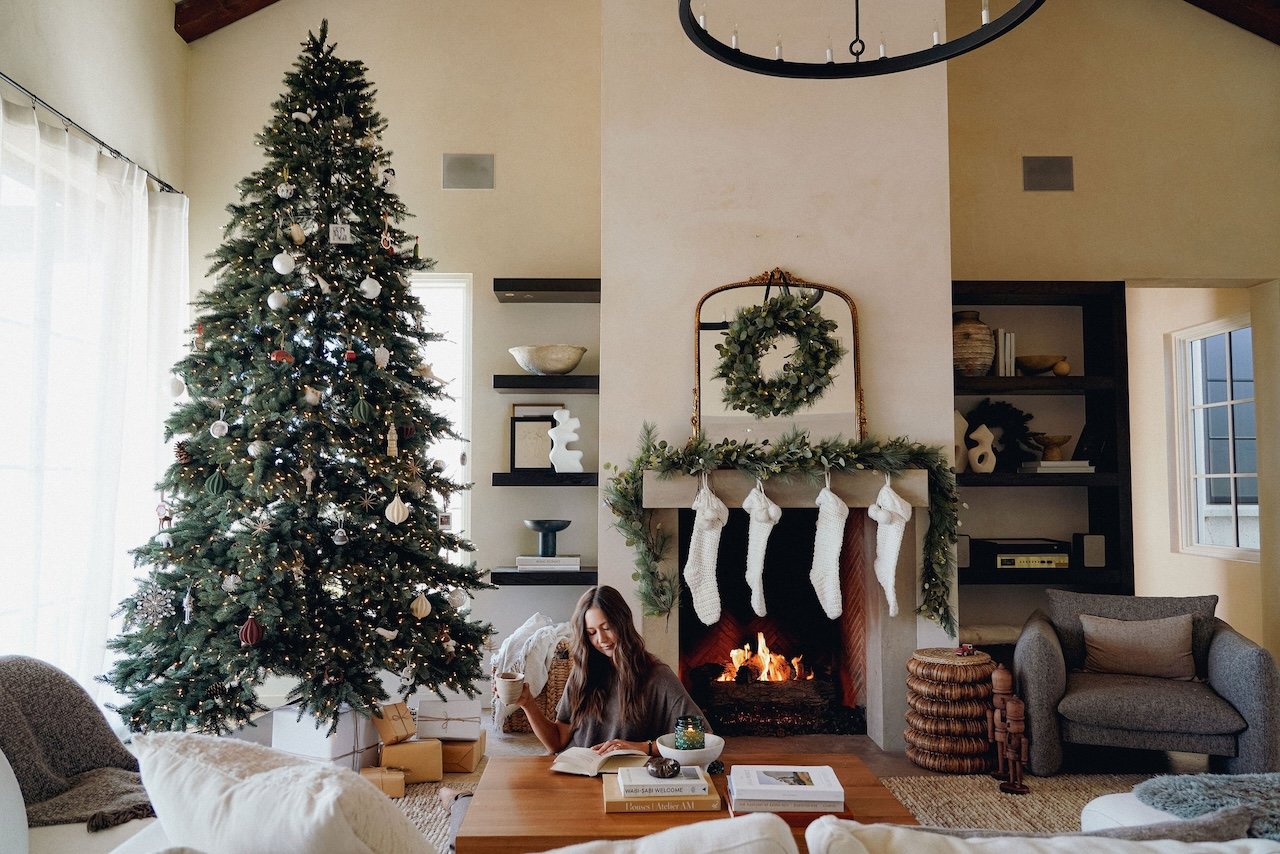
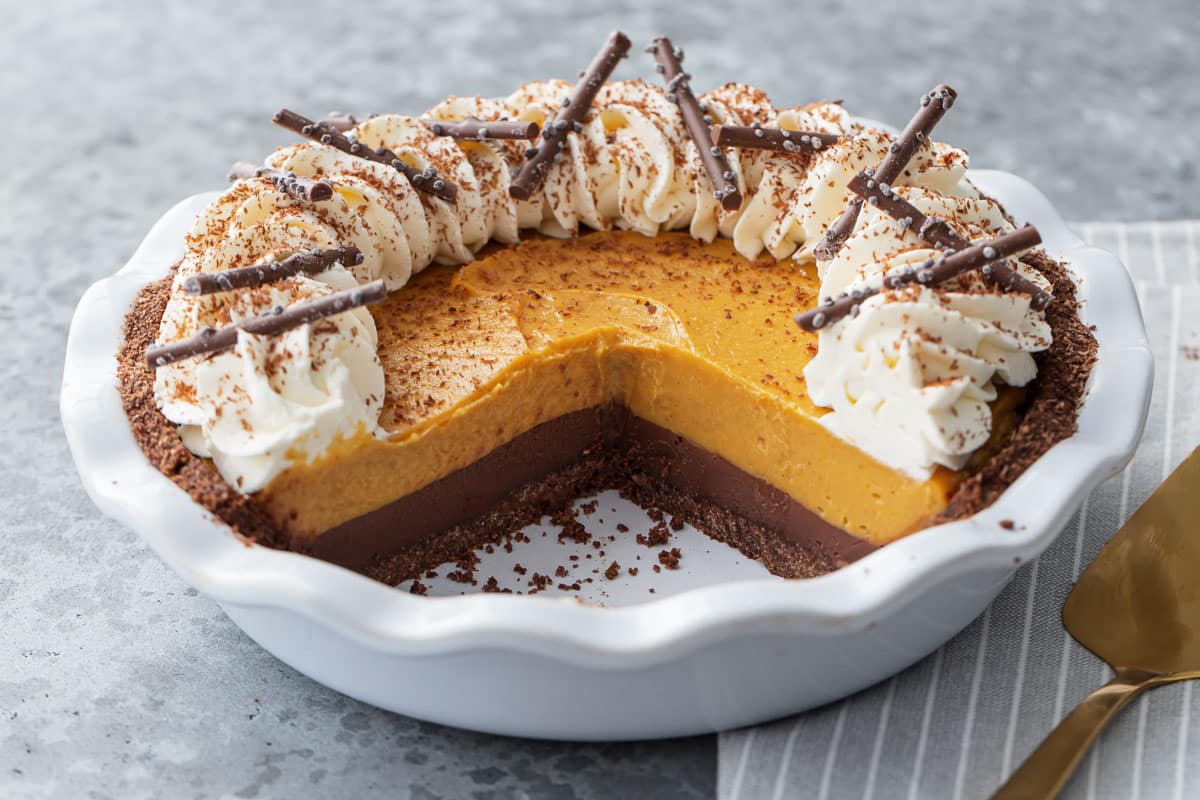


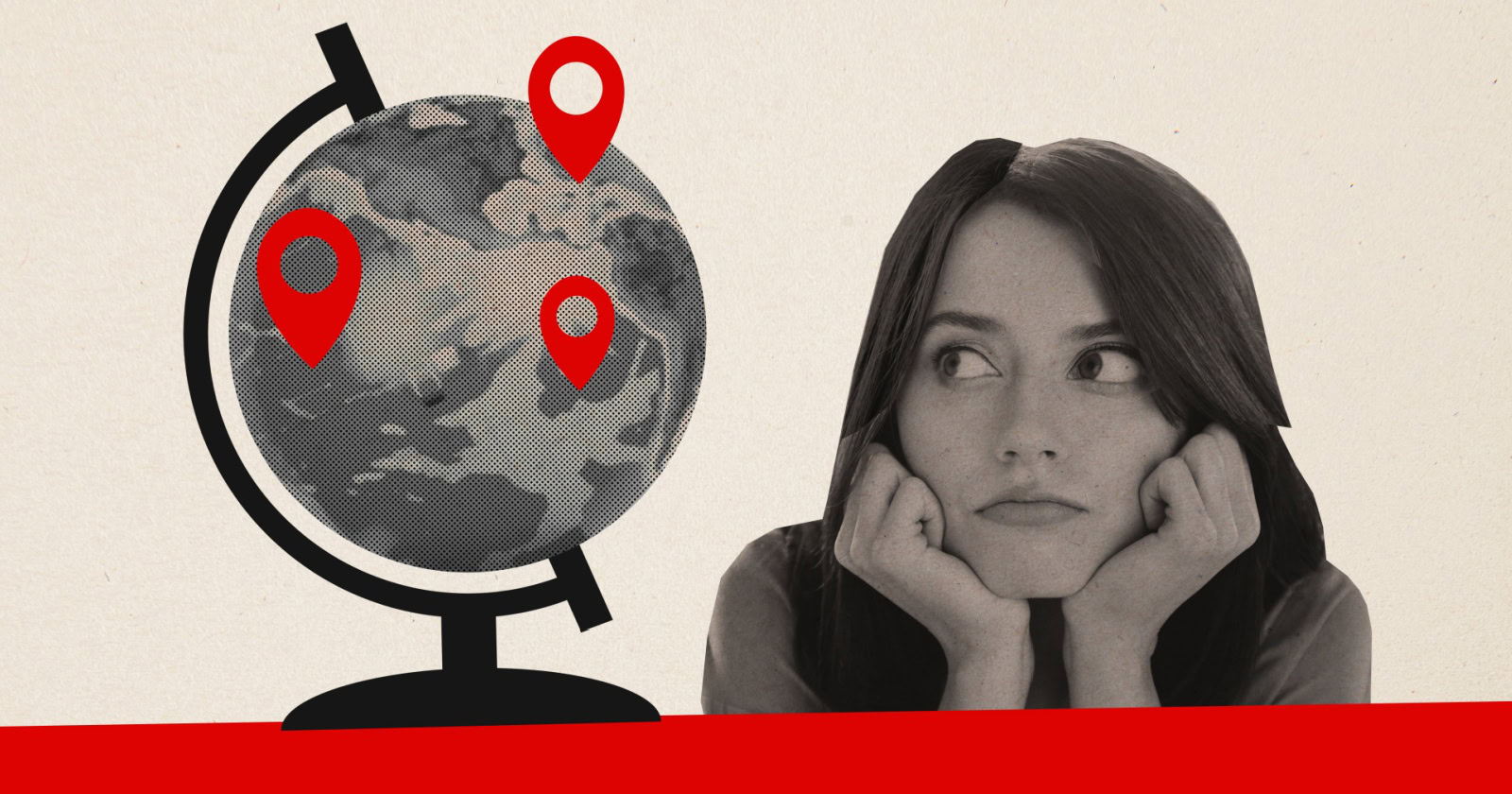

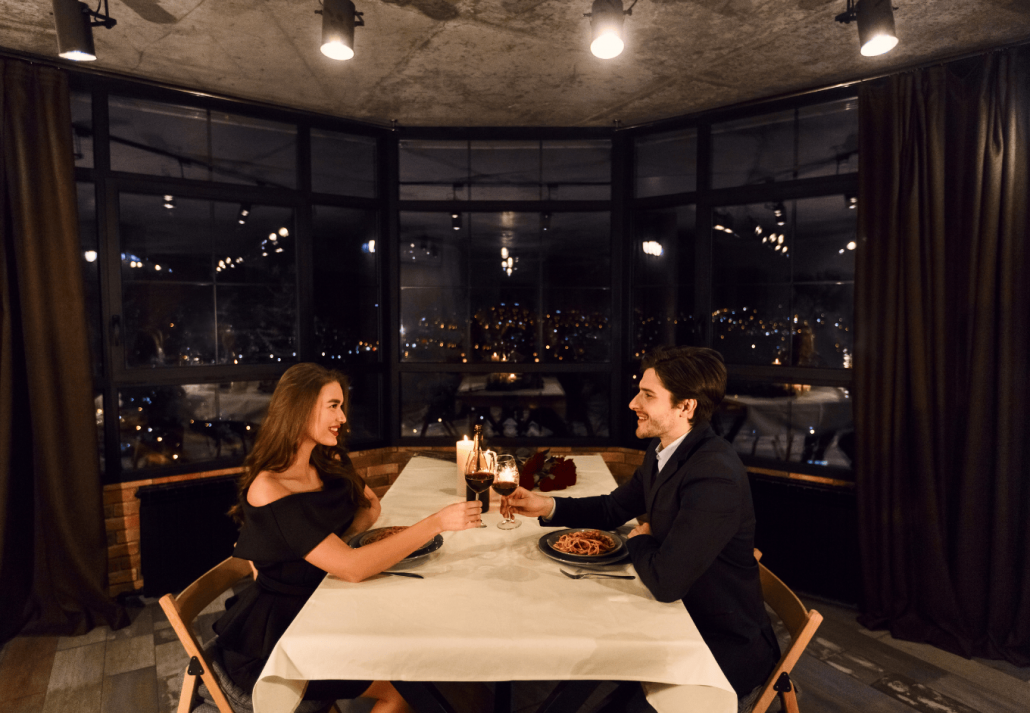


(1).jpeg)